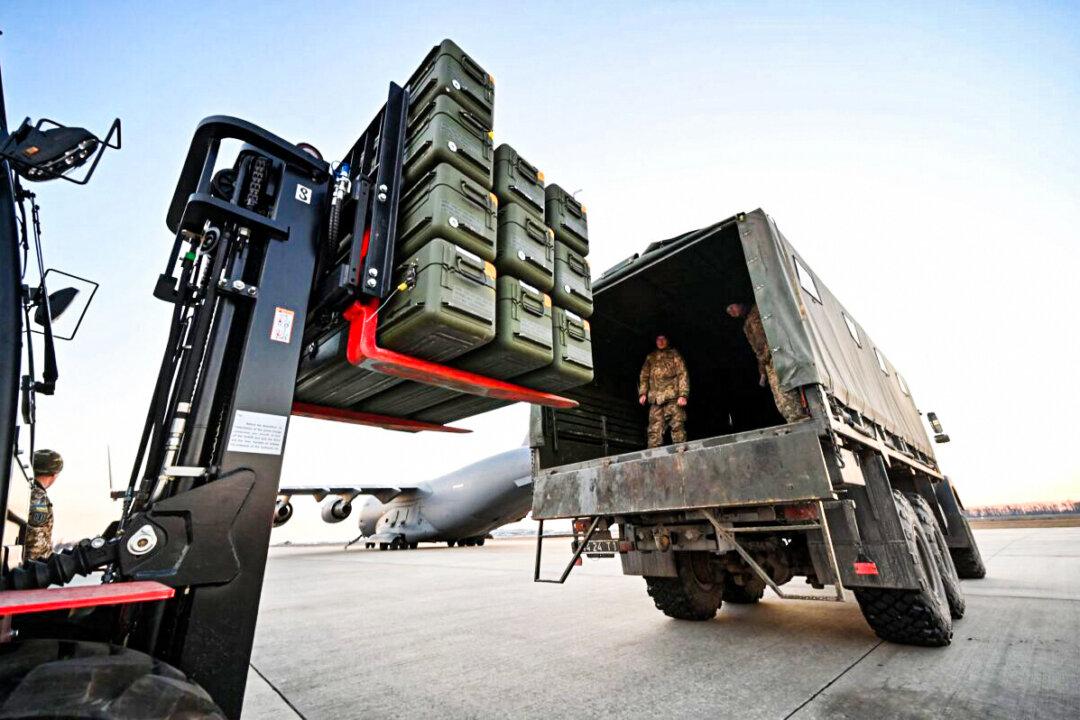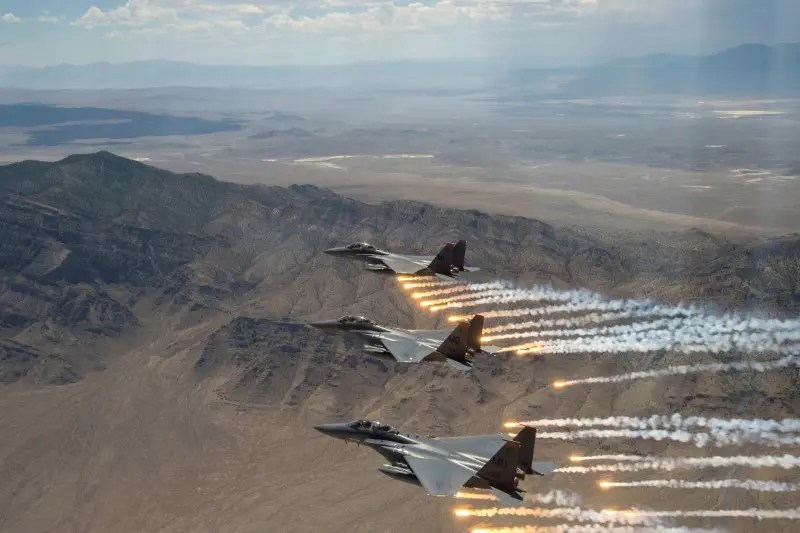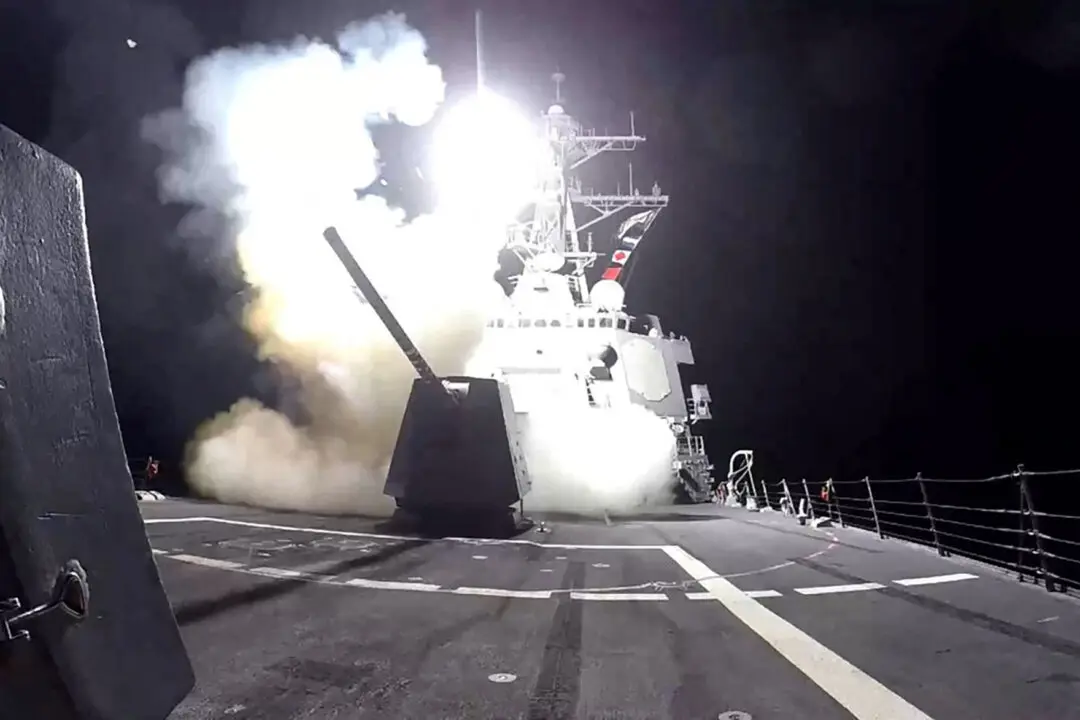The United States is working to overhaul its acquisition of certain high-end munitions that experts are concerned might be depleted in the event of a war with China.
U.S. Army officials are in the process of ramping up production to overcome challenges associated with replenishing domestic stockpiles of munitions that were either sold to Ukraine or would be needed for a potential fight in the Indo-Pacific, according to Assistant Secretary of the Army Douglas Bush.




